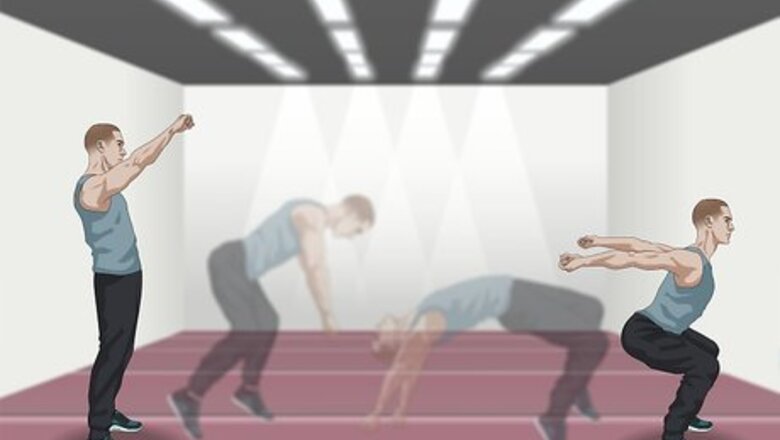
views
Setting The Jump
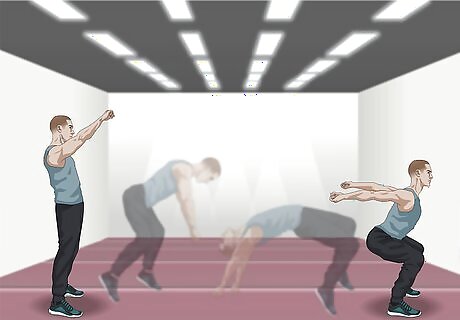
Master prerequisite moves. A standing full is an advanced gymnastic move and is not for beginners. Before you attempt to do a standing full, you should have complete mastery of a standing back handspring and a standing tuck. Some other moves that are helpful to be proficient in before attempting a standing full are a high standing back tuck, a layout full twist (in a tumbling line), and a standing Arabian. These prerequisite moves will get you accustomed to the height, speed, and timing needed to successfully execute a clean standing full.
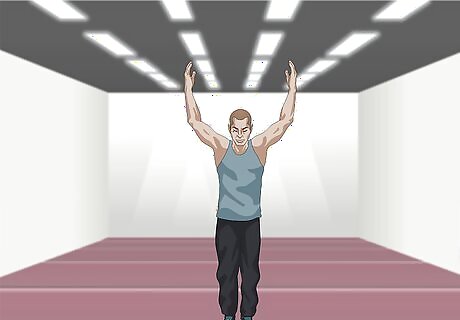
Start with a high set. Stand with your arms raised above your head. You can stand on your tiptoes, but most importantly, your weight should be on the balls of your feet. Some people find it helpful to start with a high set and then take a step back, brining their arms down with their step.
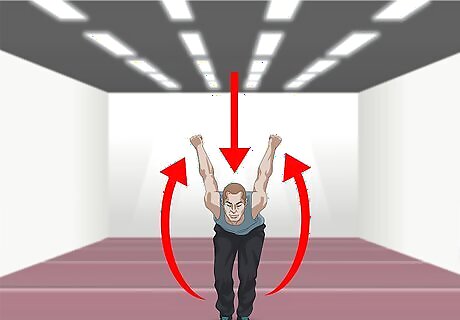
Swing back and sit. Coming from the high set, swing your arms vertically from over your head, down to your sides, and back past your body. As your swing your arms down, bend your knees so you are almost in a sitting position. Your knees should be bent at approximately 130°. Swinging your arms back behind you from over your head provides momentum for height in your jump. Your bent knees are also preparing for your jump.
Progressions Within The Jump
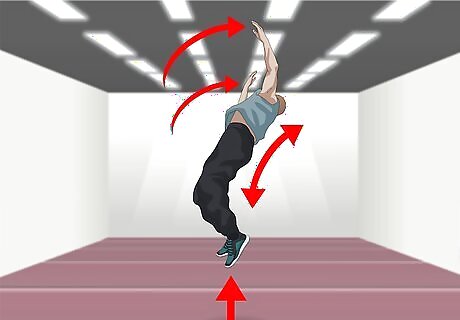
Lift up and jump. With your arms pulled back behind you and your knees bent, swing your arms back up above your head, while straightening your knees to jump. When lifting off of your jump, it’s important to remember to get in the air before you start trying to pull your arms and tuck your legs to get the twist. If you pull your arms and tuck your legs too soon, you will turn too early, and won’t get enough height in your jump to land the standing full. As your lift your arms and jump off the ground, try to arch your back a bit. This will help lead into the backflip aspect of the standing full.
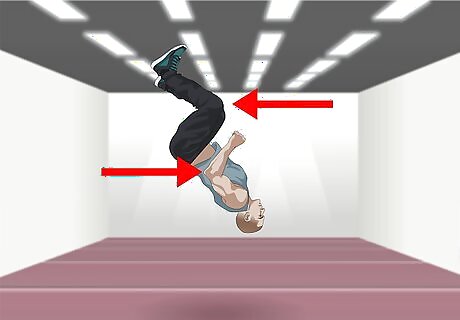
Pull and tuck your arms. Once in the air, tuck your arm (on whatever side your are twisting to) down so your elbow is near your hip. Bring your other arm across your body in front of your chest, to wrap around to your turning side. For example, if you are turning to the right for your standing full, tuck your right arm down so your elbow is near your hip, and pull your left arm across your body, in front of your chest. While off the ground in your jump, look over your shoulder to whatever side you are twisting to. That doesn’t mean throw your head back. Instead, simply look to the side following the momentum of the twist to spot the ground where you will land. To complete the twist, it helps if you pull your opposite knee (to whichever side you are turning) over your body to give more turning momentum to your twist. If you’re turning to the right, you would pull your left knee over your body to the right. If you’re turning to the left, you would pull your right knee over to your left side. All of these tucks, twists, and pulls can be executed on both sides of the body. It just depends on what side you want to twist to when you perform the standing full.
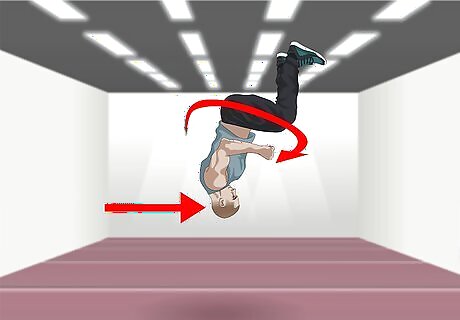
Keep your core tight. While in the air spinning, be sure that you keep your head tucked down, flex your abdominal muscles for a tight core, and consider bringing your legs in, as if in the fetal position. A tight core with your head tucked and legs brought in will provide a solid center of gravity and help keep your standing full controlled.
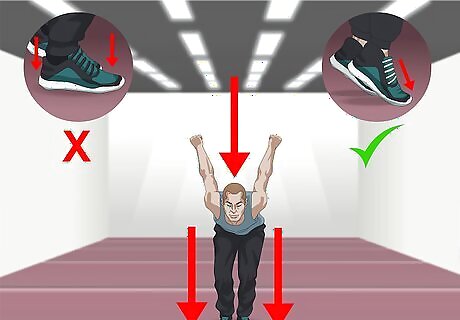
Stick the landing. As you are coming down from the twisted jump, land with both feet on the ground at the same time. Do not land on your heels. Rather, try to land on the balls of your feet. It may help to extend your arms out in front of you as land, for more balance. As you practice this, aim to land facing the same direction as you started. If you can land facing your same starting direction, you have corrected executed a standing full.




















Comments
0 comment